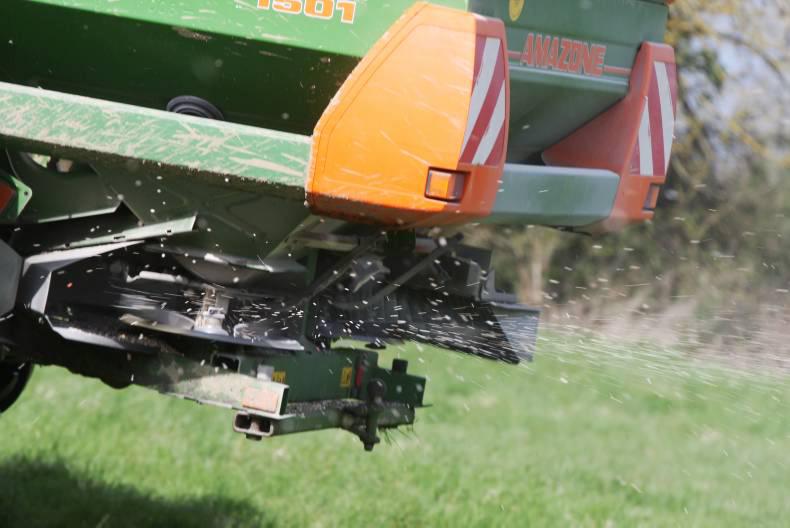Global improvements in grassland management could see grassland taking on a significantly more important role in food production, according to a study published by the United Nations and Dutch universities.
By paying more attention to soil fertilisation, with a specific focus on using organic and mineral fertilisers, grass growth would reach a level that would allow meat and milk production to increase “considerably” without too many additional grain crops having to be used as feed for livestock.
These are the conclusions of scientists from Wageningen University, PBL Netherlands Environmental Assessment Agency, Utrecht University and the Food and Agriculture Organization of the United Nations (FAO).
Phosphorus
For the coming decades, they suggest the use of four times the amount of phosphorus in fertiliser than is currently the case, “if we are to meet production targets for the year 2050”.
According to the study, grasslands make up two thirds of the global agricultural area. Over three billion hectares of grassland are hardly managed at all, with the exception of some northwestern European countries, including The Netherlands, where the phosphate content in grassland soils is high due to long-term surpluses.
“The fact that grasslands are rarely if ever fertilised is an even greater problem, as this means they become more exhausted every year, among other things, due to a lack of phosphorus.
“In order to grow, grasses require nutrients such as phosphorus from the soil. Grasslands are then grazed by livestock and the phosphorus ends up in the animals’ stomachs. Some of this phosphorus is needed in the production of milk and meat and eventually, thus, is removed from the grassland.
“Much of the phosphorus intake leaves the animals again in the manure. Only half remains on the pastures, as the manure is also used to fertilise arable land for growing food crops such as grains, fruits and vegetables, or for other purposes.”
Majority of soil samples have sub-optimal fertility status
National soil fertility: Status and trends
Fertiliser Association of Ireland puts soil fertility to the fore










SHARING OPTIONS